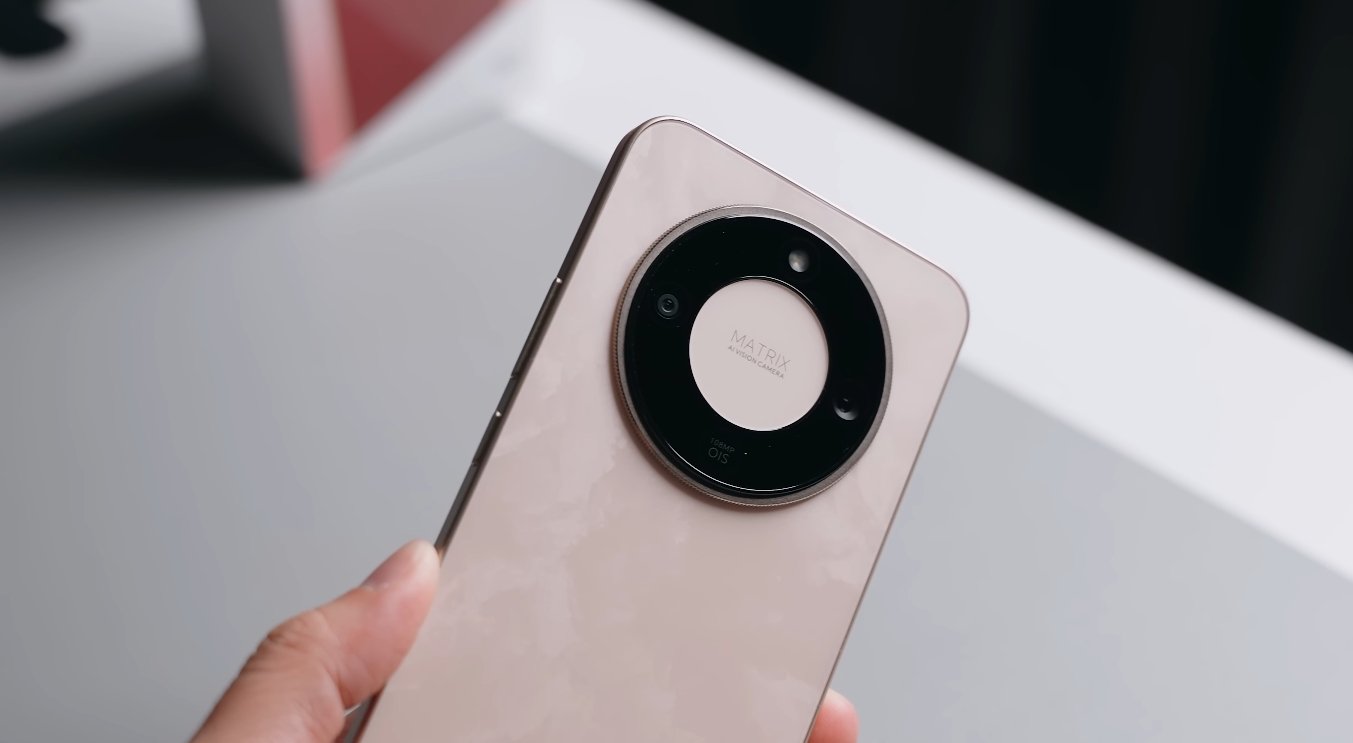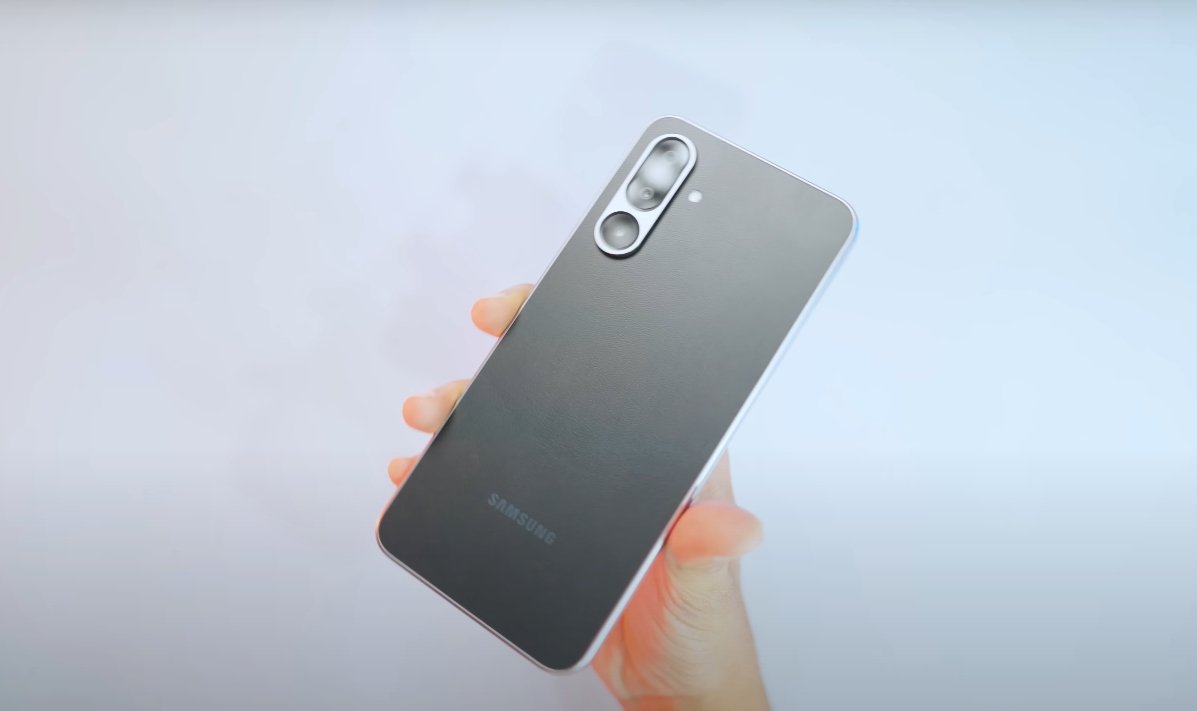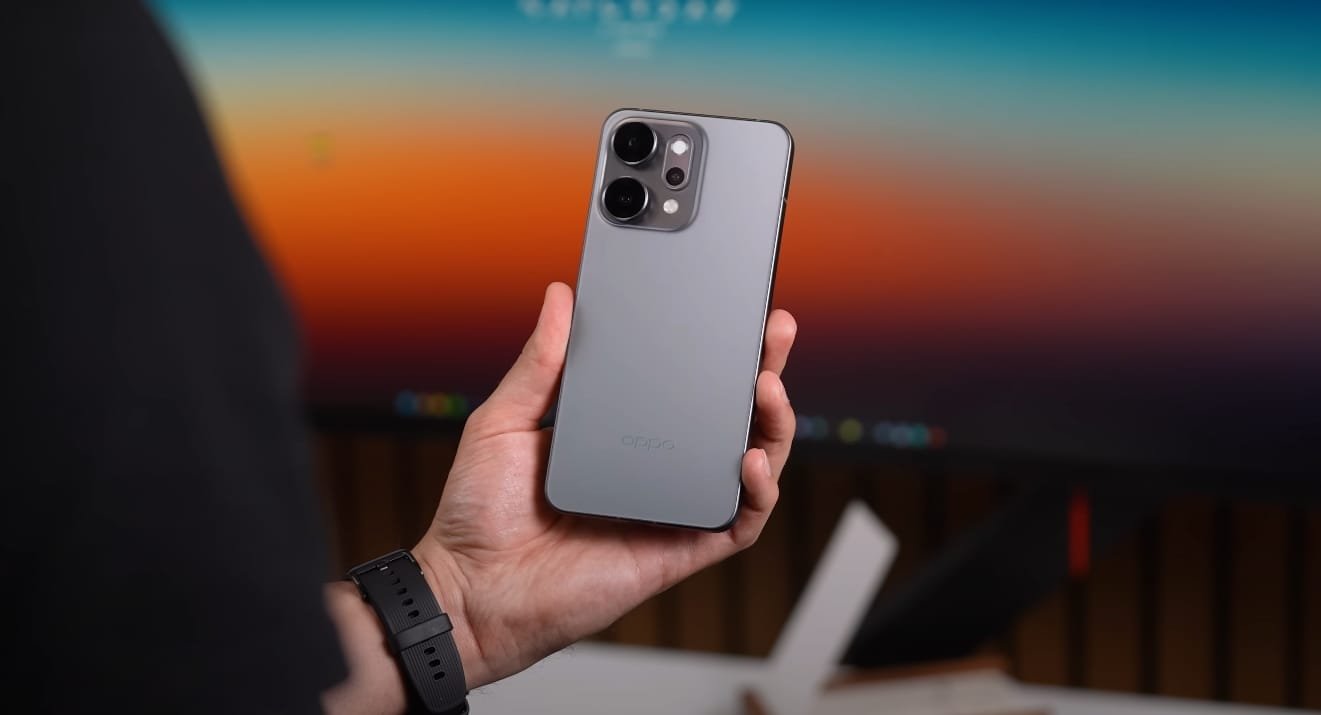HONOR X9d and OPPO Reno 11 Camera Comparison in Canada
The mid-range smartphone market in Canada has become increasingly competitive, with devices like the HONOR X9d and OPPO Reno 11 standing out for their camera capabilities. Both phones offer powerful imaging setups designed to appeal to photography enthusiasts and everyday users alike. With high-resolution sensors, advanced software processing, and multiple lenses, the choice between the two can be challenging. A detailed comparison highlights the strengths and weaknesses of each device to help Canadian consumers make an informed decision.
Starting with the HONOR X9d, the smartphone features a 108MP main rear camera paired with a 5MP secondary lens. This combination allows users to capture detailed photos, even in low-light situations. The optical image stabilization (OIS) helps reduce blur from shaky hands, which is particularly useful for nighttime photography or indoor shots. The X9d also supports 4K video recording at 30 frames per second, ensuring smooth and clear video capture. The 16MP front camera provides a reliable option for selfies and video calls, enhanced with AI-driven beauty and portrait features.
The OPPO Reno 11, on the other hand, brings a versatile triple-lens camera setup. Its 50MP main sensor is complemented by an 8MP ultra-wide-angle lens and a 32MP telephoto lens. The inclusion of a dedicated telephoto lens allows for improved portrait photography with natural bokeh effects and sharper subject isolation. Like the X9d, the Reno 11 supports OIS and 4K video recording at 30fps. The front-facing 32MP camera offers detailed selfies with advanced AI beautification and HDR support, making it one of the stronger selfie cameras in the mid-range segment.

When it comes to low-light performance, the HONOR X9d performs admirably thanks to its large 108MP sensor and stabilization technology. It captures bright, detailed images in dim environments, though the lack of a dedicated night mode can sometimes limit results in extremely dark conditions. The OPPO Reno 11, however, is equipped with a dedicated night mode that uses longer exposures and AI image stacking to enhance brightness and reduce noise. This gives the Reno 11 a slight edge in very low-light environments, especially for evening street photography or indoor scenes with limited lighting.
Portrait photography reveals another key difference. The HONOR X9d’s 5MP secondary lens provides basic depth sensing for background blur, producing satisfactory portraits for casual users. In contrast, the OPPO Reno 11’s telephoto lens and AI-driven portrait mode offer a more refined experience. The Reno 11 achieves smoother bokeh effects and better edge detection, resulting in images that appear more professional and detailed. Users who prioritize portrait photography are likely to prefer the Reno 11 for its more advanced capabilities.
Wide-angle performance also highlights differences between the two devices. The X9d’s 5MP ultra-wide lens captures expansive scenes but may suffer from edge distortion and lacks autofocus, limiting close-up versatility. The Reno 11’s 8MP ultra-wide lens offers a wider field of view with minimal distortion and includes autofocus, making it more flexible for capturing landscapes, group shots, and dynamic scenes. This makes the Reno 11 more suitable for users who frequently shoot wide-angle content.
Selfie performance further differentiates the two phones. The HONOR X9d’s 16MP front camera produces clear and natural selfies with AI enhancements that subtly improve skin tones. The OPPO Reno 11’s 32MP front camera, however, delivers more detailed selfies with vibrant colors and a wider range of beautification options. For users who take selfies frequently or enjoy video calls with superior clarity, the Reno 11 provides a more advanced experience.
Video recording capabilities also show contrasts. Both phones support 4K recording at 30fps, but the OPPO Reno 11 includes additional features like Ultra Steady Video and HDR video capture. These enhancements allow smoother and more dynamic footage, which is particularly useful for handheld recording or capturing fast-moving subjects. The HONOR X9d delivers stable video through OIS but lacks these additional video enhancements, which may be a consideration for users focused on video content creation.
In conclusion, both the HONOR X9d and OPPO Reno 11 offer strong camera performance for Canadian consumers, but they cater to slightly different priorities. The X9d excels with its high-resolution main sensor, large battery, and stabilization, making it reliable for detailed daytime and casual low-light photography. The OPPO Reno 11, with its versatile triple-lens setup, dedicated night mode, and advanced front and rear features, provides a more refined and flexible photography experience. Users seeking advanced portrait, wide-angle, and low-light capabilities are likely to prefer the Reno 11, while those who value simplicity, high-resolution main shots, and dependable performance may lean toward the HONOR X9d. Both smartphones represent excellent mid-range options with unique strengths, allowing users to choose based on their specific photography needs and preferences.





